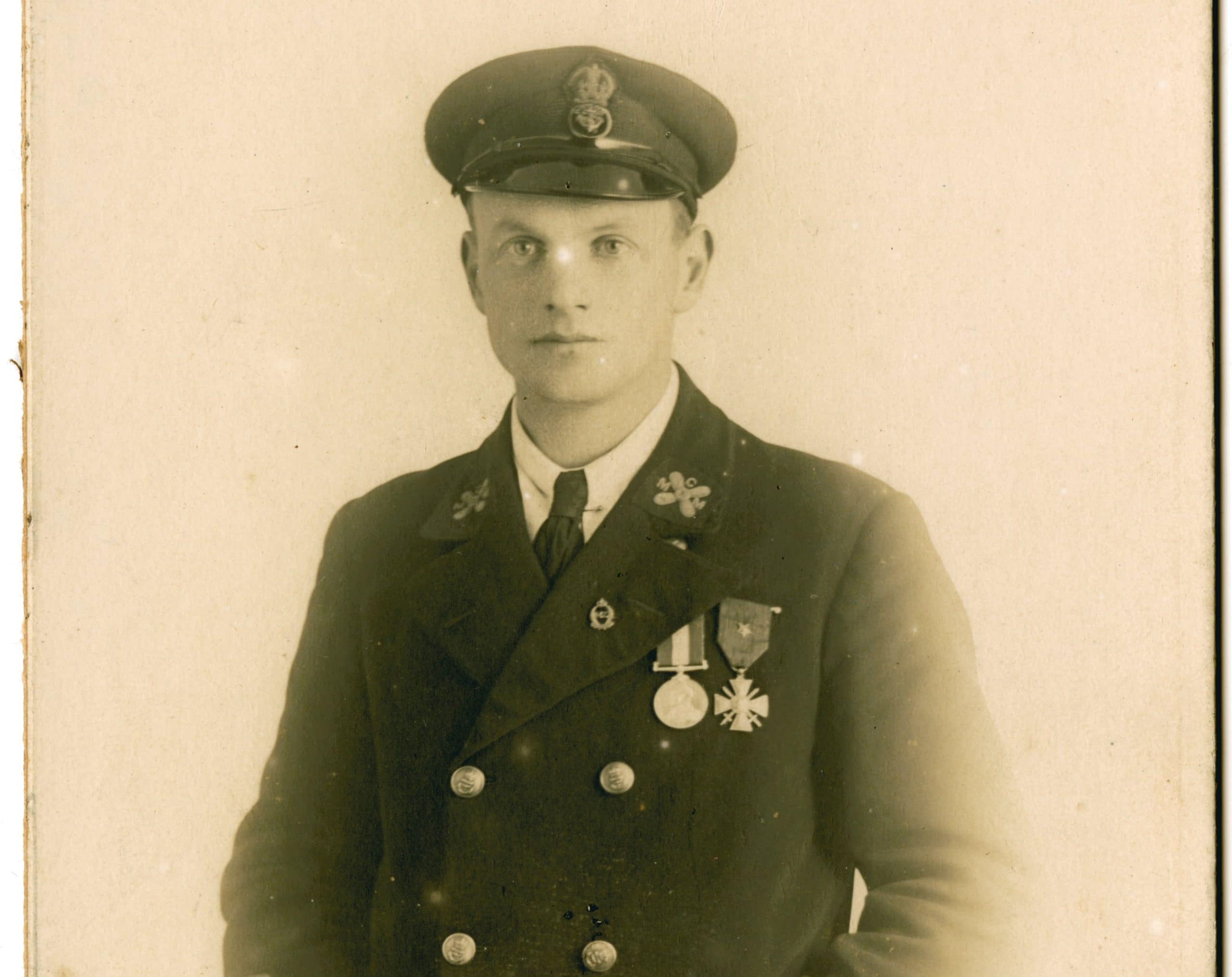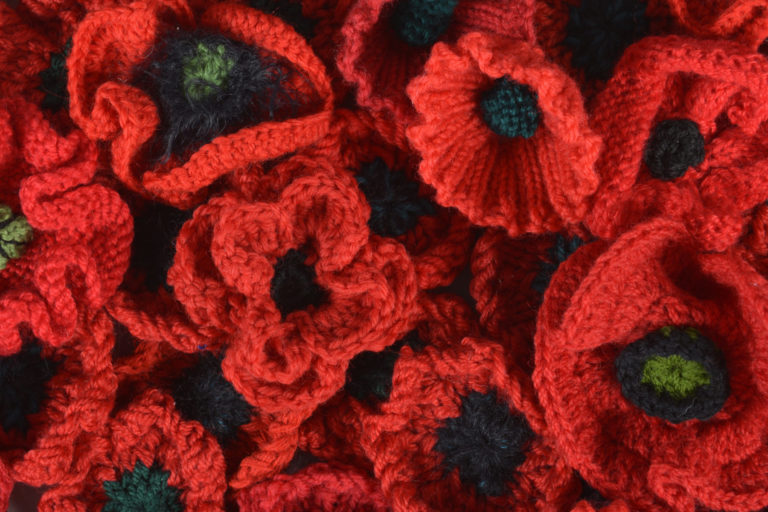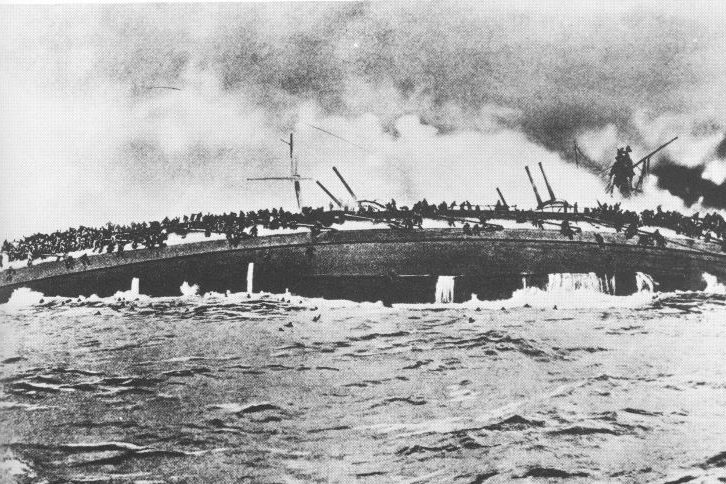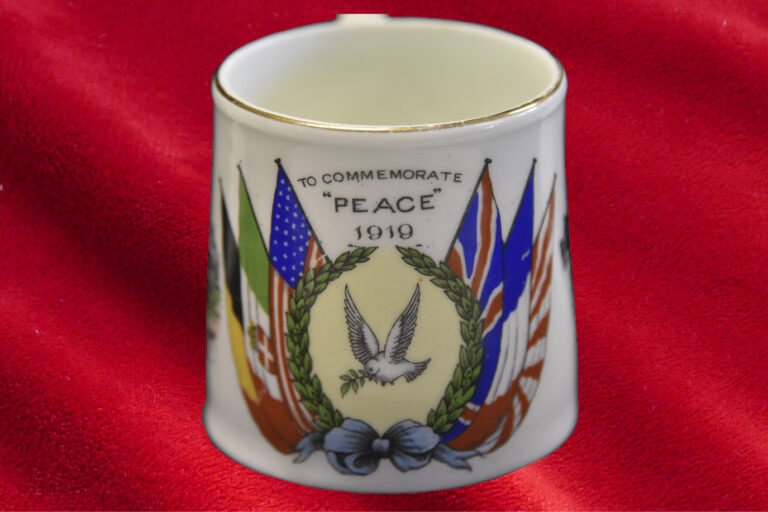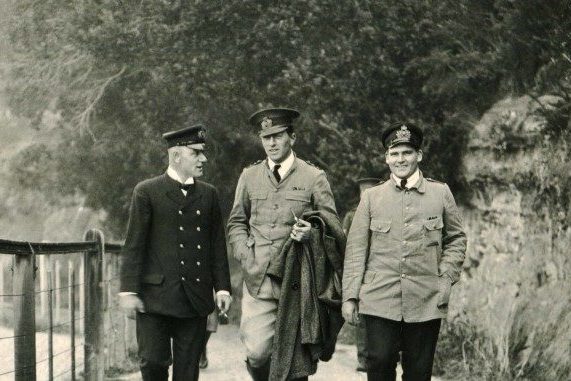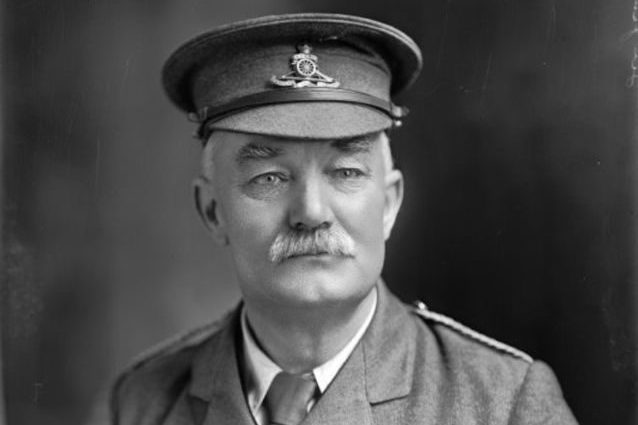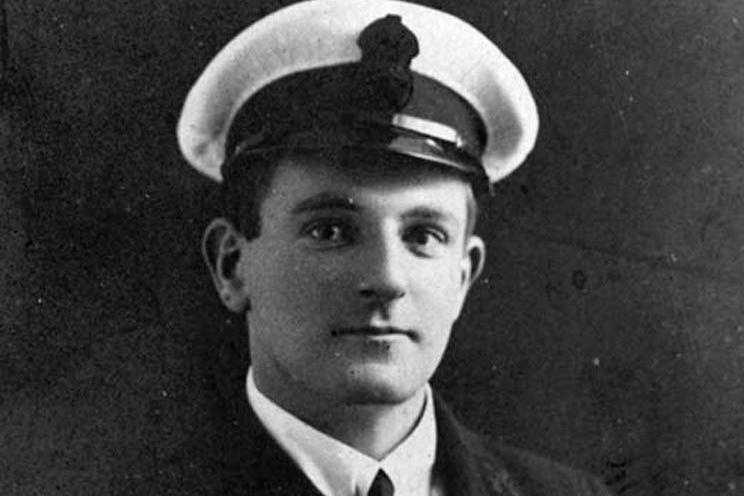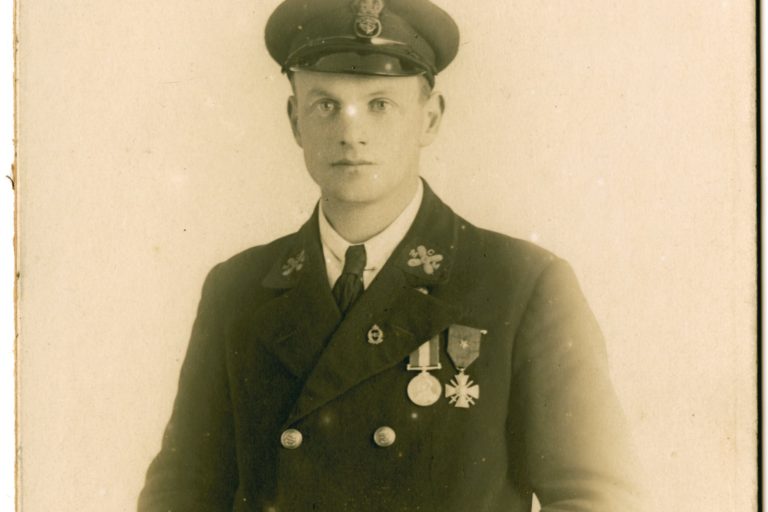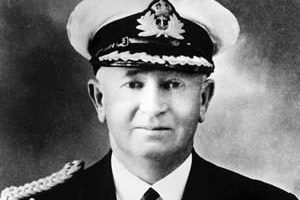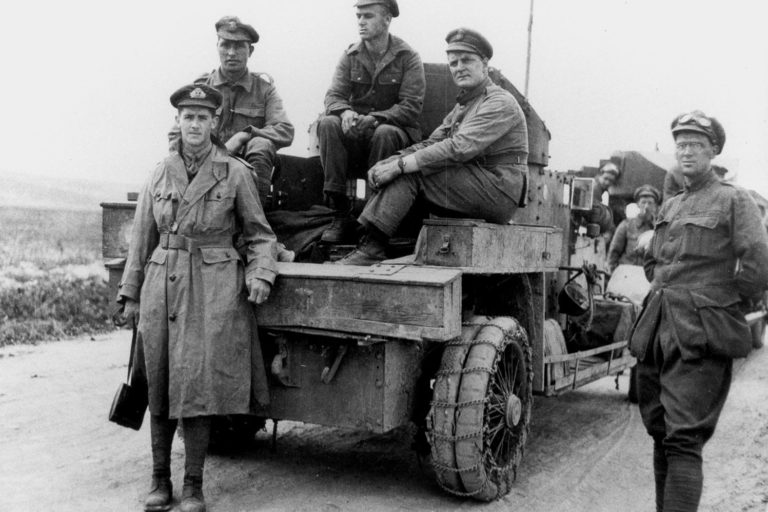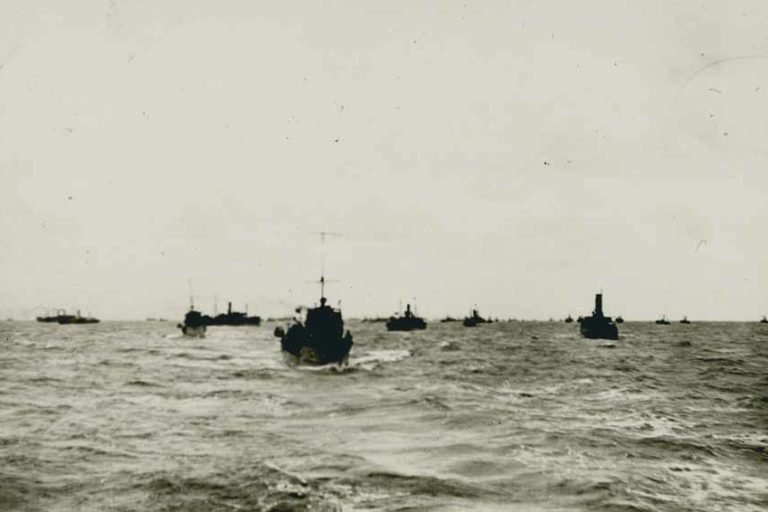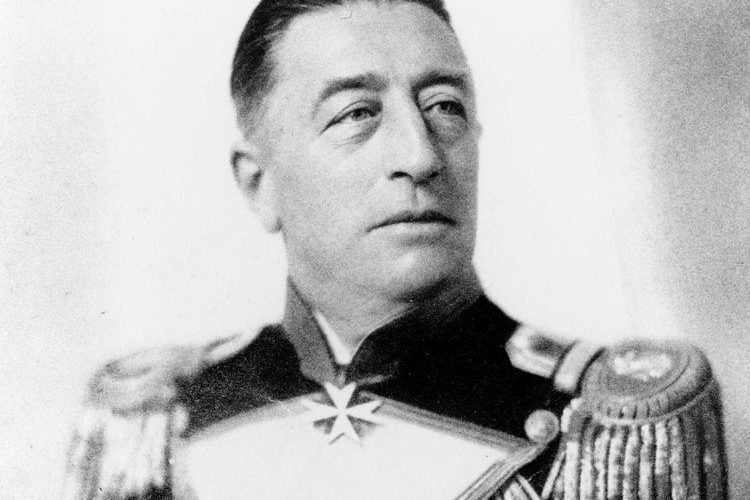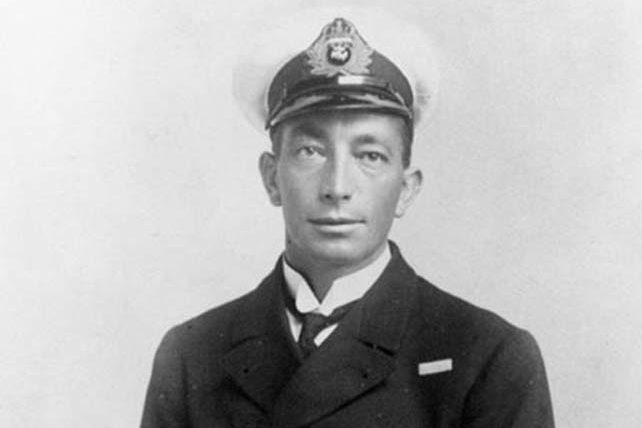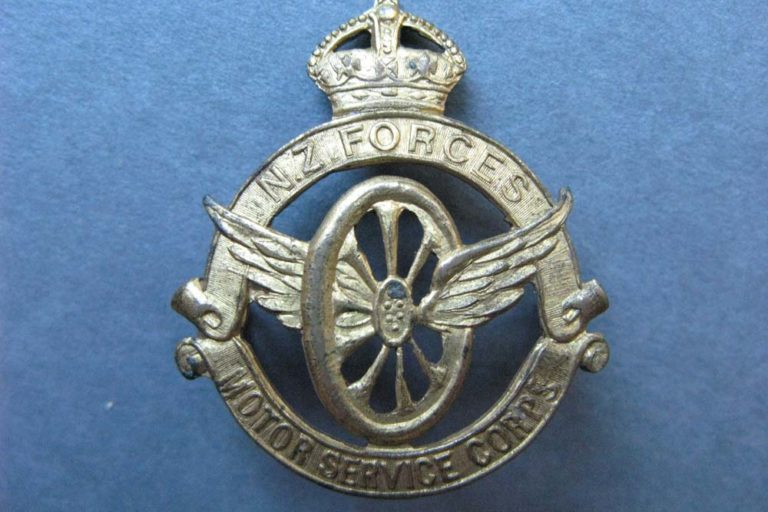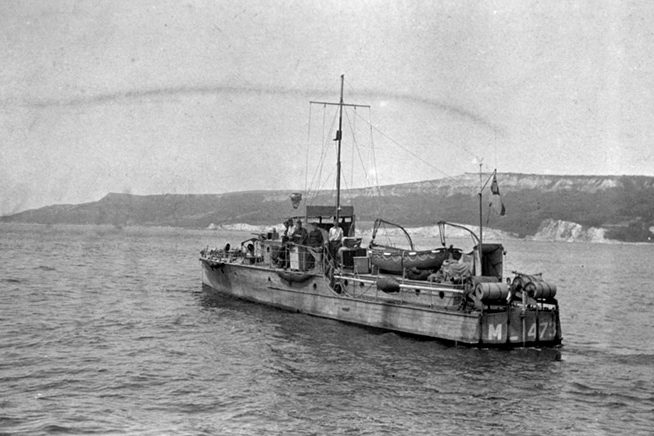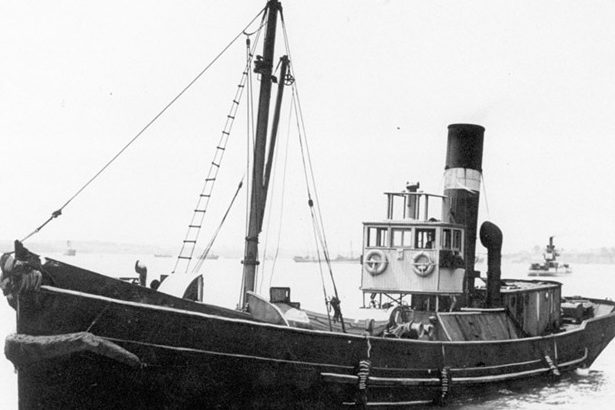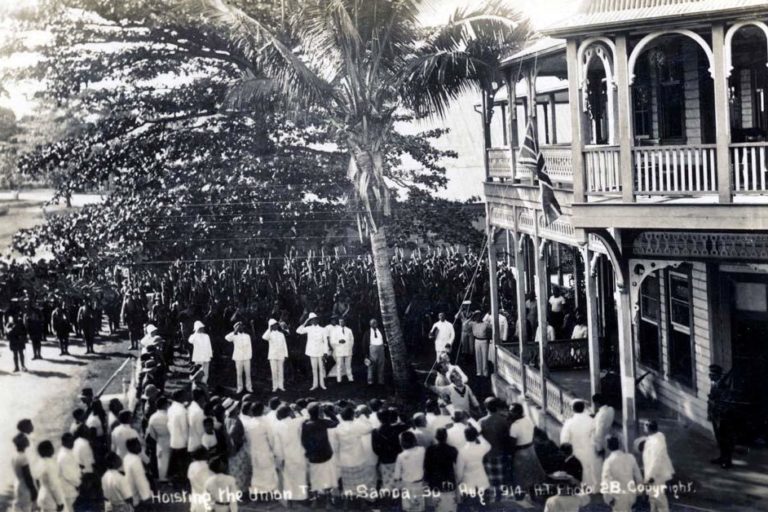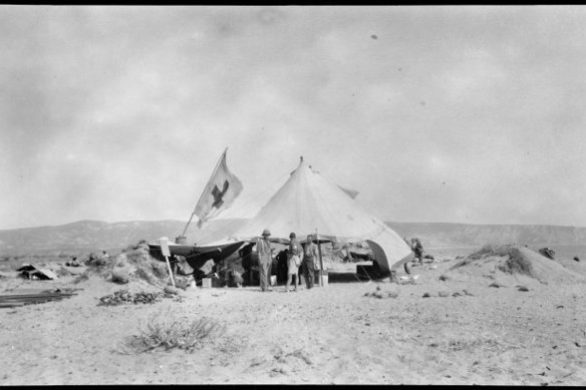Chief Motor Mechanic James Attwood was one of the New Zealand motor mechanics who joined the Royal Naval Motor Boat Reserve in 1916. He participated in the Zeebrugge/Ostend raids of 1918 and was awarded the Conspicuous Gallantry Medal and the French Croix de Guerre.
James Attwood was a Palmer volunteer in 1916, one of 200 men who volunteered to join the Royal Navy alongside others like Roy Alexander.
Around 60 of the men were given wartime commissions (such as Charles Palmer), whilst the others were trained as motor mechanics.
Born in Hokianga in 18 February 1888, Attwood then aged 29, was working as a motor mechanic in Wellington when he volunteered.
He was passed fit and joined the Royal Naval Auxiliary Patrol (RNAP). He departed New Zealand on HMNZT 66 (Willochra) on 16 October 1916, with 29 other naval volunteers (one of who was Sydney Harold Fox) and the NZEF 18th Reinforcements.
Upon departure, Attwood, Fox and the other volunteers were posted to the Royal Naval Volunteer Reserve (RNVR) [1] as a Motor Mechanic with the service number MB1915.
Because of their background and skills, these men would be given a senior rate of Chief Petty Officer after training and a period of service.
The troopship arrived at Plymouth on 28 December 1916.
On 15 January 1917, he was posted to the training ship HMS Hermione[2] at Southampton.
Here the recruits were trained in the petrol motors fitted to the Motor Launches that they would man.
These engines were started by compressed air and had no reverse gear. After seven weeks of instruction, he was posted to the depot ship HMS Thalia[3] located at Cromarty in Scotland.
On 27 February 1917 he was posted to HMS Halcyon 2 a coal-fired trawler[4] taken up for minesweeping and patrol duties. He served in the trawler for most of 1917 and was promoted to CPO Motor Mechanic on 1 November 1917.
On 14 December he was posted to the trawler HMS Kosmos[5] which was stationed at the French port of Le Havre. This port was the major base for the British Expeditionary Force during the First World War.
The trawler carried out traffic route protection, escort duties and minesweeping.
As part of the operations against the U-boats operating from the inland port of Brugge and Ostend in Belgium, the Royal Navy planned a raid on Ostend and Zeebrugge in order to block the channels and prevent U-boats from reaching the sea.
The plan, known at Operation ZO, required 165 vessels, 82 officers and 1698 ratings and Royal Marines. Volunteers were called for to man the blockships, submarines, and rescue Motor Launches.
Attwood and Sydney Fox volunteered together. Fox was posted to ML282 which was to go into Zeebrugge and Attwood ML283 assigned to Ostend.
On 26 February 1918, Attwood was posted to the Depot Ship HMS Acteon based at Sheerness. He trained on ML283.
The Motor Launches would follow the submarines and blockships into action and recover and return the crews.
The raid was originally planned for mid March but had to be postponed to April. The force departed on 11 April but the operation was again cancelled due to weather.
The next available date was the night of 22-23 April. For the operation, the Ostend force was based at Dunkirk while the Zeebrugge force was based in Dover.
The Ostend force consisted of 24 Motor Launches, four large monitors, two coastal monitors and six coastal motor boats (CMB).
During the aborted effort on 11 April when the Ostend force engaged with German shore batteries, one of the CMBs was captured by the Germans with a complete set of operational orders for the attack.
As a result, the Germans shifted the navigational buoys off Ostend.
ML123 the type of Motor Launch Attwood manned at Ostend
The Ostend force departed on 22 April, to arrive off Ostend and join up with the blockships. A thick smokescreen was laid.[6]
The blockships were delayed and ML283 sought out the ships in the smoke and dark eventually locating them. The blockships headed into the channel entrance followed by ML283 while another Motor Launch led the way making smoke.
As the screen cleared, the raiders saw that they were not at the channel entrance but heading for a beach while under heavy fire from the shore batteries.
Both blockships Brilliant & Sirius were forced to fire charges blowing out their hulls. The two rescue Motor Launches were then needed to recover the crews of the blockships.
ML283 came alongside Sirius and took off most of the crew while under constant fire from machine guns and coastal guns.
ML283 then detached from the side of the ship back offshore while the crew prepared the wounded for evacuation. After ten minutes she returned to the side of the blockship and recovered the remaining crew and also rescued sixteen men from Brilliant in a whaler.
ML283 then returned to Dunkirk. A further raid against Ostend was carried out on 9 May but also failed to close the channel.
ML283 took part in rescue work and came under heavy fire from the well directed shore batteries but did not suffer any casualties.
The London Gazette announced awards for the raid of 22-23 April in the 23 July edition. James Attwood was awarded the Conspicuous Gallantry Medal for “coolness and courage in rescuing the crew of Sirius and Brilliant under very heavy fire.”
Sydney Fox was also awarded the same medal for his actions on ML282 at Zeebrugge.
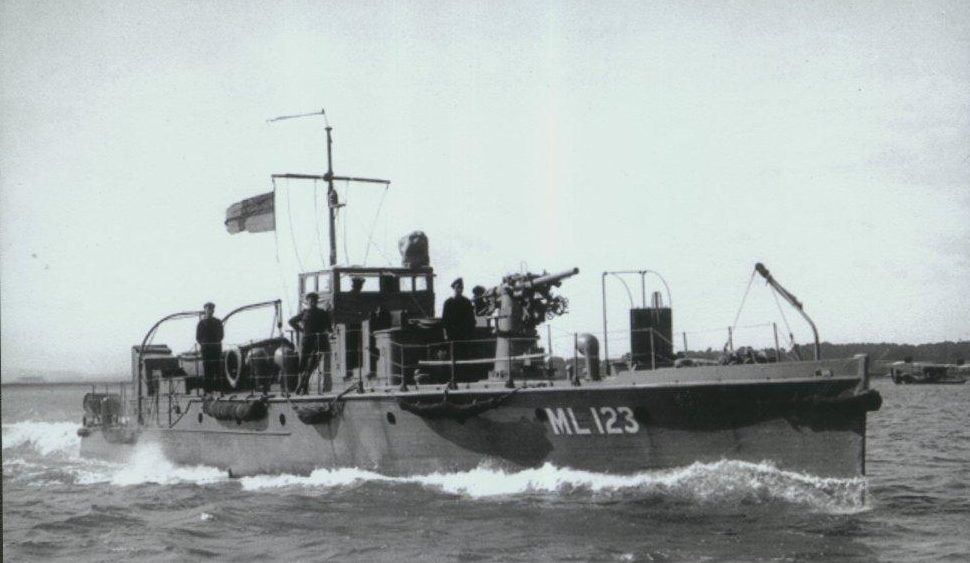
After the May raid, Attwood was posted to the Depot Ship HMS Arrogant based at Dover and served in ML3.
The Motor Launches provided smokescreens for the monitors that were bombarding German gun batteries in Belgium as the German spring offensives reached their apex in Flanders.
The main danger was shells from the German artillery and many of the launches had near misses.
On 31 July 1918, Attwood was present at Buckingham Palace when King George V presented the medals to the men from the April raid.
On 28 August Attwood was also awarded the Croix de Guerre (Cross of War) by the French along with Sydney Fox.
Vice Admiral Keyes had selected both New Zealanders as one of fourteen that were awarded to the raiders.
On 16 October he was de-rated to Petty Officer Motor Mechanic and posted back to Hermione.
He served with the Royal Navy through the Armistice and immediate post-war period until he was demobilised in February 1919.
Unlike the men from the NZEF, men who had volunteered for the Royal Navy he had to find their own way back home.[7]
He left England on SS Tunisian on 12 March 1919, from St Johns in Canada arriving on 22 March. He then took the train to Vancouver where he embarked on SS Makura[8] on 15 April and arrived at Auckland on 6 May 1919.
He formally discharged on 20 June 1919, and by November was living with his brother at Maungatautari. After he was married in 1928 he farmed at Paremoremo.
At the outbreak of the Second World War he offered his services to the Navy, but this was rejected due to his age and he served in the Home Guard.
He passed away on 22 July 1957 and was buried at Albany cemetery.
James Attwood’s medal set is in the Museum’s collection.
Medals awarded to James Attwood
- Conspicuous Gallantry Medal
- British War Medal 1914-1920
- Victory Medal
- New Zealand War Service Medal
- British War Medal 1939-45
- Croix de Guerre – France.
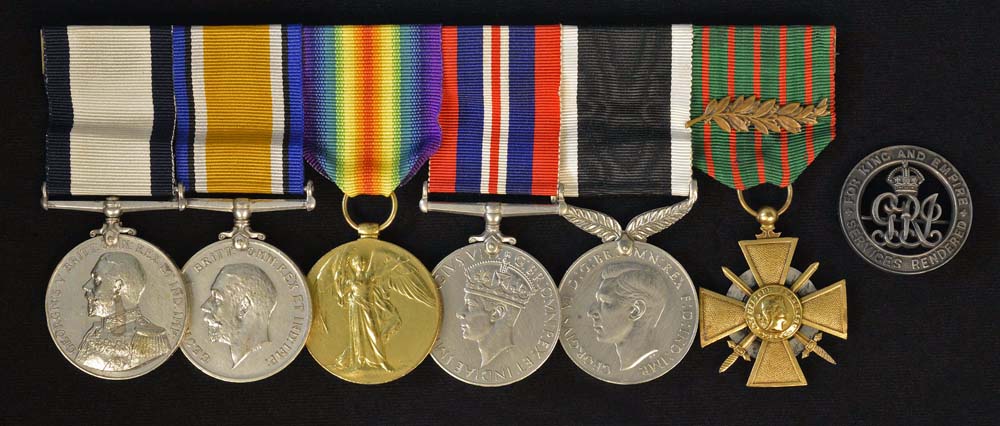
[1] It was RN practice to assign all wartime volunteers from the Dominions to the Volunteer Reserve.
[2] A former cruiser.
[3] A wooden corvette built in 1869
[4] Built 1898, 193 tonnes, 36 x 7 x 4m, armed with a 6pdr gun hired by the Admiralty.
[5] Built 1914, 234 tonnes, armed with a 6-pdr anti-aircraft gun.
[6] As discussed in the oral history from Sydney Hesse.
[7] No provision was made in the demobilisation plans for the NZEF in Europe and the Middle East for naval personnel or RFC personnel.
[8] A Union Steam Ship Company vessel.


